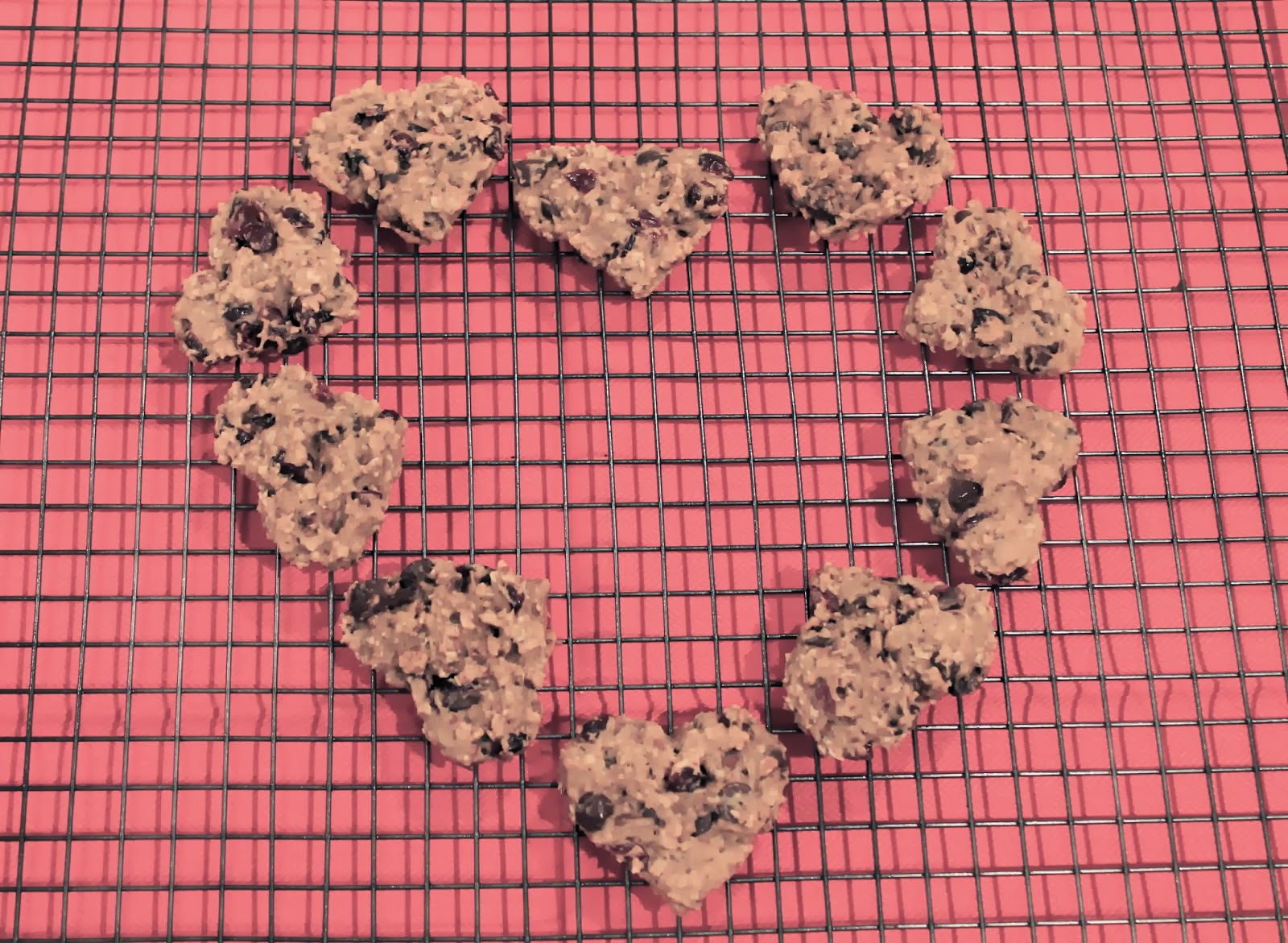You won't find a healthier food than kale, and you definitely won't find a healthier snack than kale chips!
What you will find, however, is that this recipe is surprisingly quick and easy to prepare (followed by the startling realization that you've been paying $7.99 for a package of kale chips that you can make for a fraction of the cost).
In my seminars lately, I've been talking a lot about the anti-inflammatory properties of turmeric. Ayurvedic practitioners have been recommending turmeric as a treatment for arthritis and other forms of inflammation for centuries, but Western medicine is only now appreciating it's benefits. Research indicates that the spice is even more effective than the commonly prescribed arthritis drugs - but without any of the nasty side effects!
This recipe combines the anti-inflammatory powers of turmeric and coconut oil. Nutritional yeast is a rich source of B vitamins (which can help reduce cortisol levels. Cortisol is sometimes the culprit behind inflammation.). You can find nutritional yeast at your local health food or bulk food store. It has a mild cheesy flavour and is sometimes used as a substitute for parmesan cheese.
Ingredients:
1 bunch kale, torn into
pieces, stems removed
1 tbsp. coconut oil (melted)
1 tsp. turmeric powder
1 tsp. nutritional yeast
(optional)
¼ tsp. salt or Himalayan
Salt
1. Preheat oven to 350°C.
2. Cut the stems off the kale and tear the leaves into
potato-chip sized pieces. Place them in a large bowl.
3. Melt the coconut oil and drizzle over the kale. Use your hands to toss the kale, coating the leaves.
4. Sprinkle turmeric over
kale and mix well.
5. Place a sheet of
parchment paper onto a cookie sheet.
6. Spread the kale on the
cookie sheet, spreading the leaves out evenly to avoid overlap.
7. Bake for exactly 10
minutes.
8. Remove from the oven and
sprinkle nutritional yeast and salt over the kale chips.











